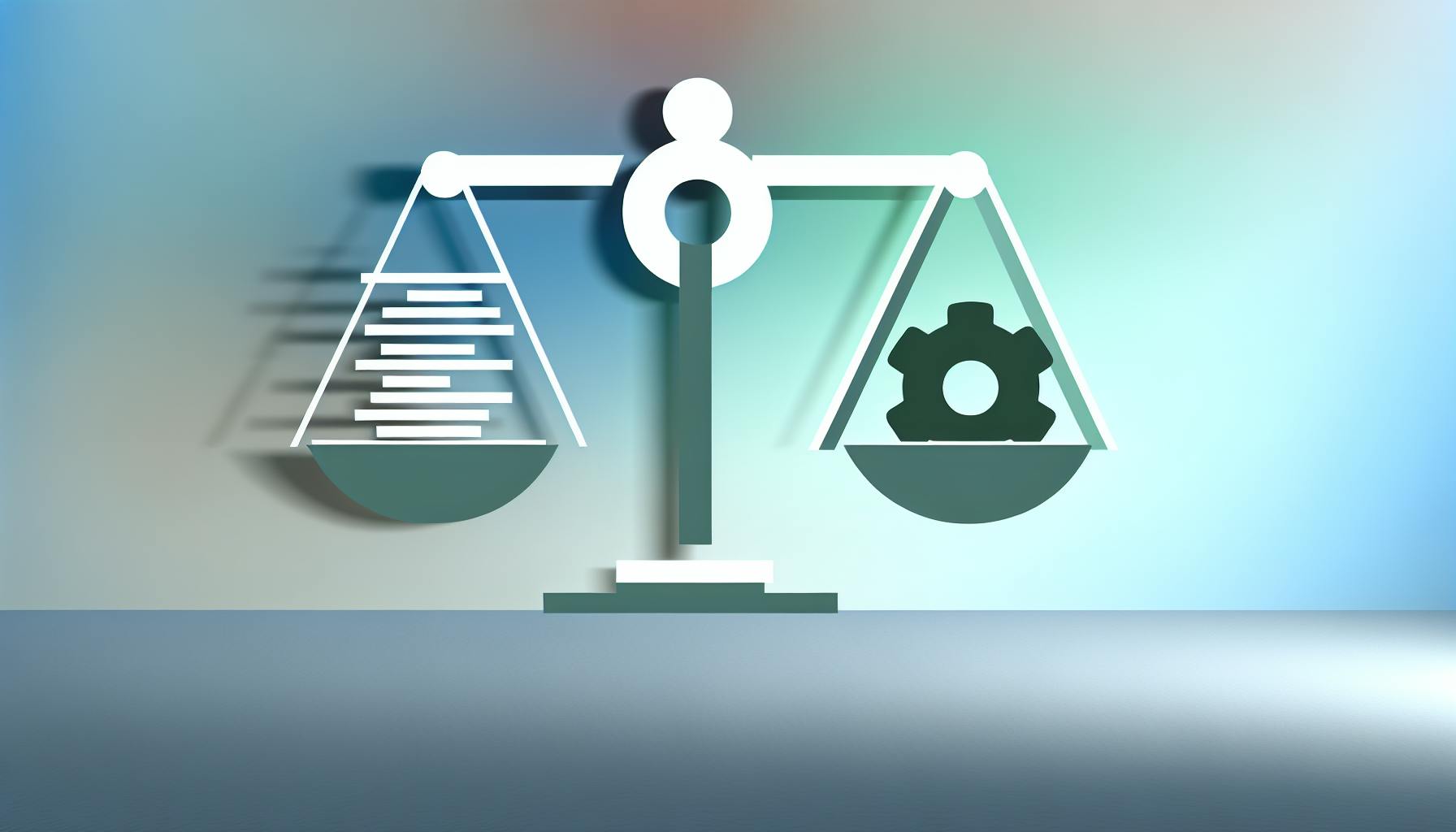
In today's diverse and inclusive work environment, it is crucial for organizations to ensure that their hiring practices are free from biases that can perpetuate inequality. One area where these biases often emerge is in the language and structure of job descriptions.
After conducting a thorough examination of hundreds of job listings from Global Fortune 500 companies, our analysis reveals that 20% exhibit gender bias. This finding raises a concern: if even the largest corporations, with their vast resources for consulting, inadvertently incorporate gender-biased language into their job descriptions, how can mid-sized firms address this challenge?
By examining the impact of DE&I biases in job descriptions, we can explore the significance of removing them and why HR leaders should prioritize this aspect of the hiring process.
- Overcoming Unconscious Bias: Unconscious biases can unintentionally seep into job descriptions, shaping the perception of certain candidates and leading to discriminatory practices. Research shows that gender-coded language and specific cultural references can contribute to biased outcomes. For instance, Stateofworktoday.com data reveals that using masculine-coded words in job descriptions can deter female applicants. By removing these biases, organizations can create a more inclusive environment and attract a wider range of candidates.
- Expanding the Talent Pool: By removing biases from job descriptions, HR leaders can attract a more diverse talent pool. Research consistently demonstrates that diverse teams lead to increased innovation, creativity, and problem-solving capabilities. HRbrain.ai provides insights on how to craft job descriptions that appeal to a diverse audience, such as using neutral language and emphasizing transferable skills. By doing so, organizations increase their chances of finding the best talent and driving success.
- Enhancing Employer Brand: An organization's commitment to diversity, equity, and inclusion is an essential factor for many job seekers. Stateofworktoday.com data indicates that 74% of workers agree that an organization's commitment to DE&I influences their decision to accept a job offer or apply for a position. Job descriptions that are free from biases and promote an inclusive culture can help enhance an organization's employer brand. Additionally, 30% of workers agree that unbiased and inclusive internal communications are important. By aligning job descriptions with DE&I principles, organizations can attract top talent and foster a positive reputation in the market.
- Legal Compliance: Failure to address biases in job descriptions can expose organizations to legal risks. Stateofworktoday.com data reveals that 50% of workers believe their company effectively implements diversity and inclusion policies. Understanding and addressing biases in job descriptions is essential to ensure legal compliance and demonstrate a commitment to fairness and equal opportunity.
Removing DE&I biases from job descriptions is a critical step towards building a diverse and inclusive workforce. By eliminating unconscious biases, HR leaders can create job descriptions that appeal to a wider range of candidates, enhance employer branding, and mitigate legal risks. Embracing unbiased language and inclusive practices not only supports the company's diversity goals but also fosters an environment that values equality and fairness. Together, let us work towards creating job descriptions that embrace diversity, equity, and inclusion, thereby shaping a more inclusive future for all.

